Tag: Surface
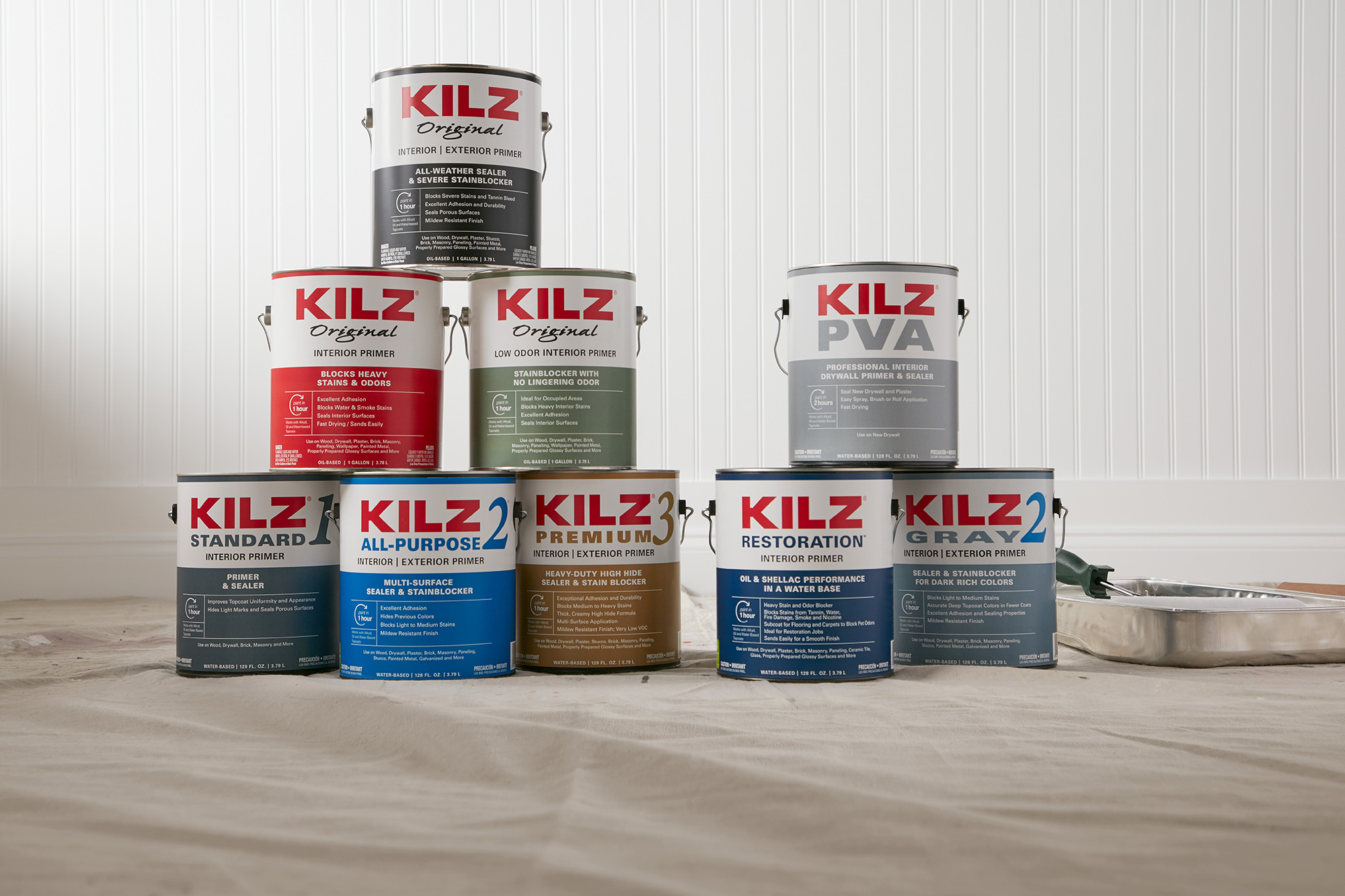
Choose the Right KILZ® Primer for Your Substrate
February 23, 2023Whether you’re painting inside or outside your home, choosing a primer suitable for the surface is the difference between success and, well, a not-so-great job. That’s why there are several different KILZ® Primers to choose from.
Starting with the right primer could prevent your paint from failing. So, we’ve asked our primer expert, Product Manager John Golamco to answer a few questions about primers and surfaces (substrates) for us.
What to know before starting a paint project
Before beginning any painting project, Golamco says it’s crucial to identify the type of surface you want to prime and paint. Because different substrates accept coatings differently, KILZ formulated with each surface type in mind.
Once you’ve identified the surface type, take note of its condition. Are there any particular circumstances that need addressing before applying a coating? Attend to things like peeling paint, mold or excessive dirt first.
Finally, determine the environmental conditions of the location. Is it damp? Are you painting outside where the surface is exposed to the weather? Or will the paint be subjected to extreme temperature fluctuations? Each of these conditions dictates the primer and paint you choose to use.
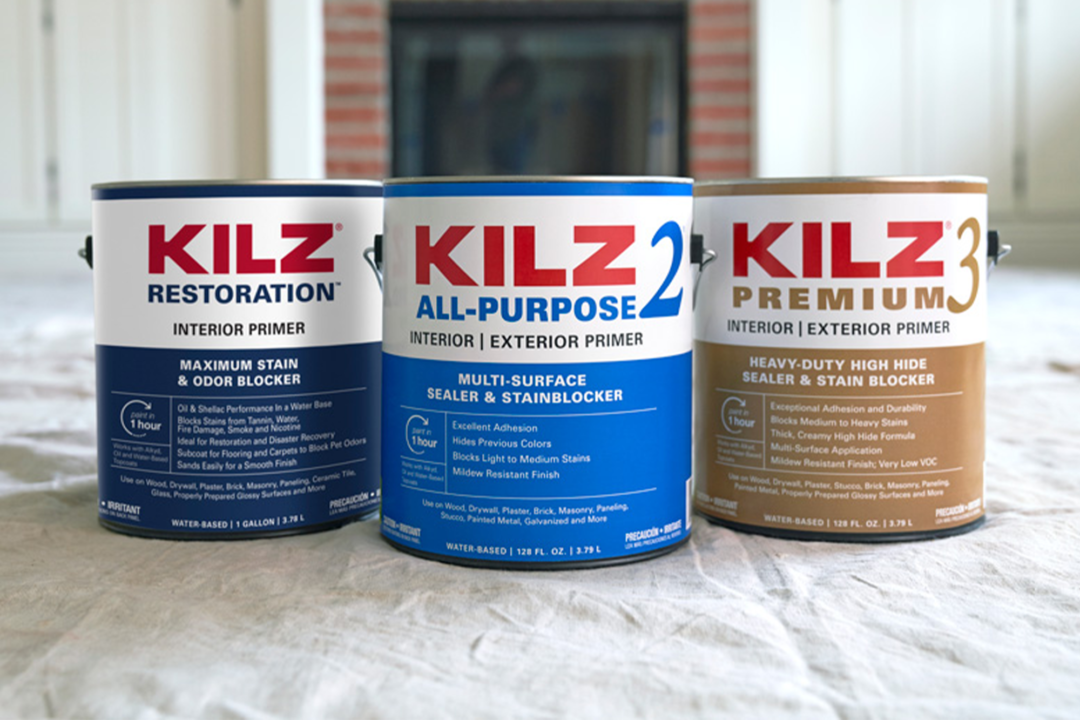
Correctly identifying the substrate
Drywall / Gypsum Board
Most interior walls and ceilings are covered in drywall. According to Golamco, the new drywall is very porous and absorbs much paint. So, to avoid applying excessive coats of paint to get the desired color and finish, he recommends using a drywall primer or PVA. The primer will seal the surface before painting so that less paint is required. Since paint typically costs more than a primer, you get a superior finish with less cost. Priming drywall also smooths out the finish and evens out seams, giving better results with fewer coats of paint.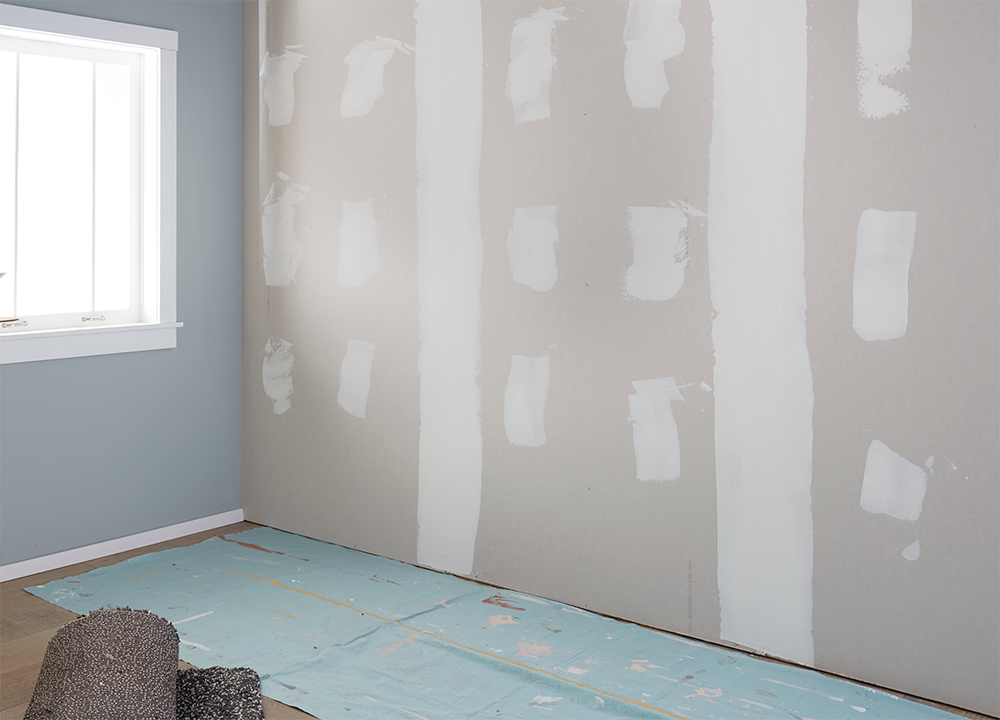
Unfinished wood
Bare wood is porous and grainy. A primer penetrates the wood fibers, seals the porous surface, and creates a smooth, even surface. Golamco says that applying paint to bare wood without a primer coat produces a dull, blotchy finish. Also, some wood species, like red wood , secrete tannins that could leach through the topcoat paint, impacting its appearance. To avoid this, apply a stain-blocking primer to the bare wood before finishing with the topcoat.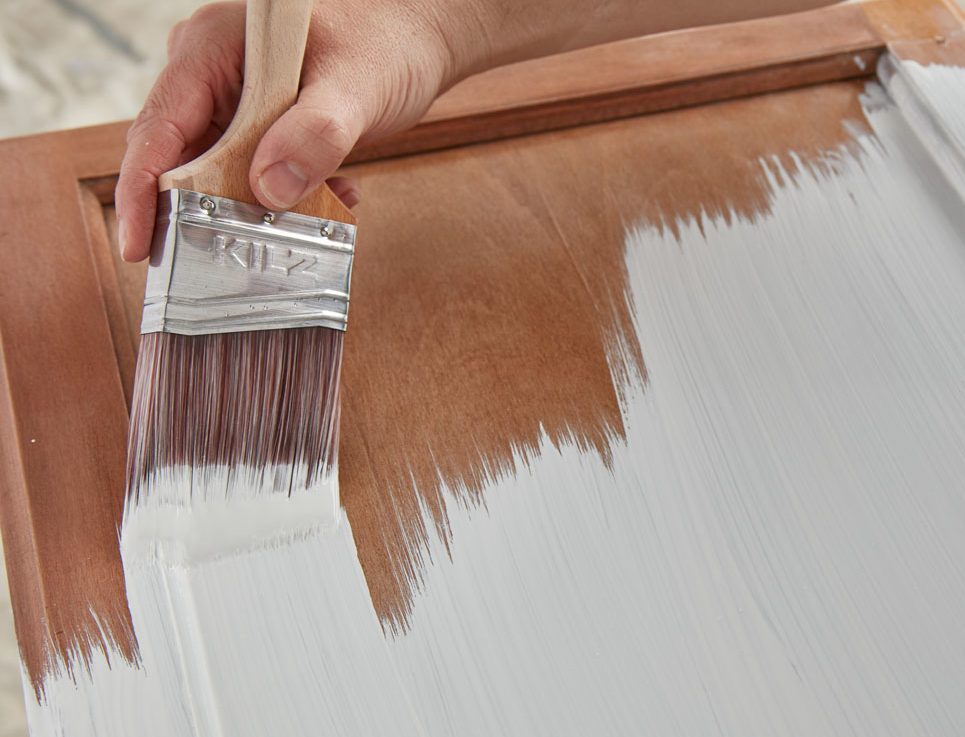
Masonry/ Cement
A coat, or two, of primer seals porous surfaces like masonry and concrete, creating a smooth finish for the paint to go on. Without primer, masonry tends to absorb too much paint. And as with drywall, you’ll need to apply more coats to account for the uneven porosity and color. Also, according to Golamco, fresh concrete has a high pH value because its cement binders contain many alkalis. Their presence causes adhesion problems when applying paint and can cause the topcoat color to fade (alkali burnout). But an alkali-resistant primer will better help the paint bond to the masonry and protect the finish over time.
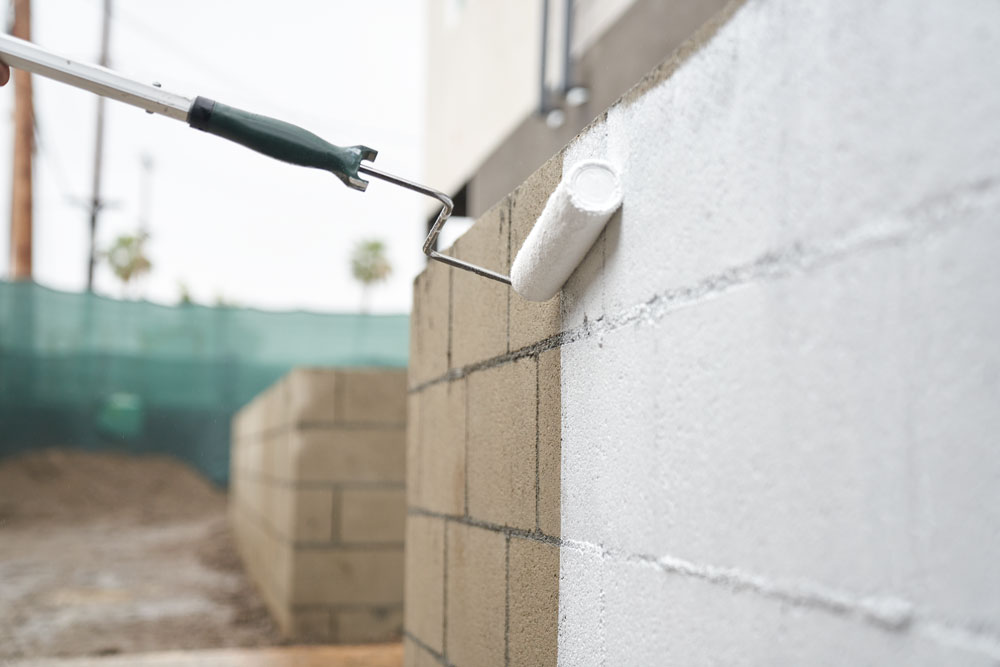 Metal
Metal
Many people don’t realize that some metals can rust under a paint coating, especially if the metal surface is exposed to moisture. For this reason, it’s essential to prime metal surfaces before painting, particularly when it’s uncoated or bare. Golamco says that metal primers have unique ingredients to make the metal more resistant to rain, humidity, and salt, which cause corrosion.
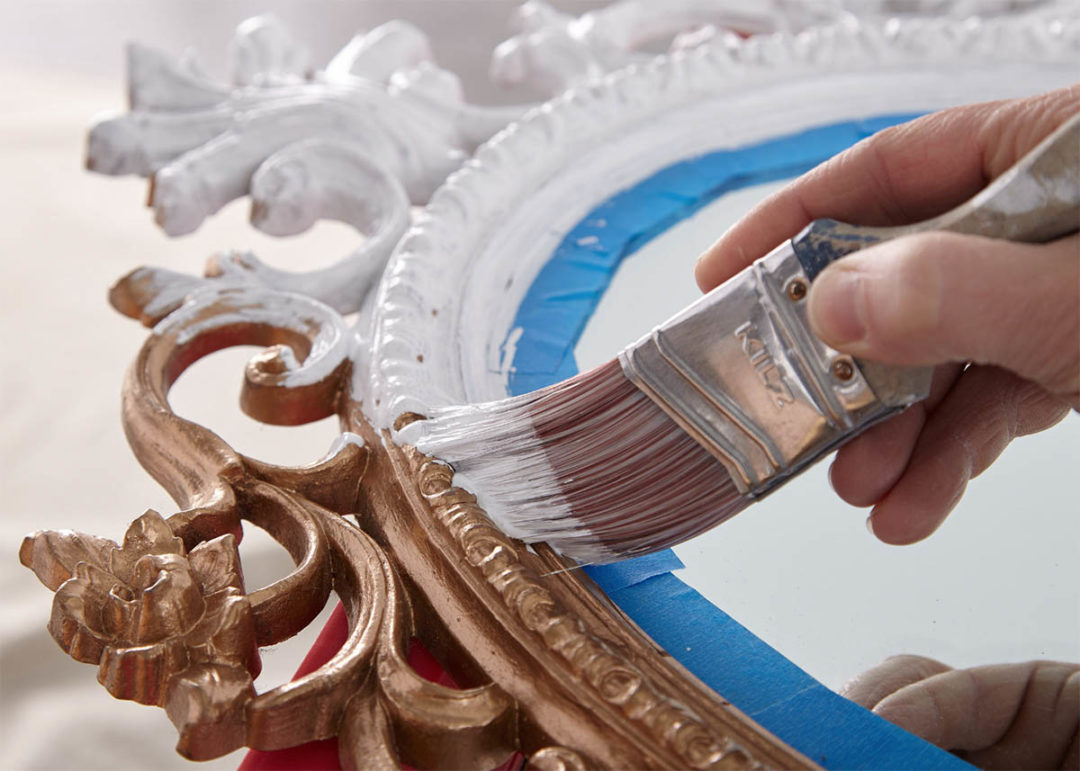
Plastics
Since plastics are non-porous, paint doesn’t like to stick to them. As a result, paint on plastic often cracks, blisters, or peels. Golamco recommends first sanding the plastic surface, especially around any edges, curves, and areas with intricate detail to prevent this. Once sanded and cleaned, he says to prime the plastic with a high-adhesion primer. This process will help the topcoat paint adhere the way it should.
The importance of choosing the right primer
Applying primer before painting ensures a beautiful outcome that lasts, but not all primers are created equal. KILZ Primers are engineered and formulated to solve the unique types of challenges presented by different substrates.
“Some multi-purpose primers solve a combination of issues with one product,” said Golamco. “But they’re not formulated to address more severe or complex issues.” If you know the surface type, its condition, issues to be addressed and the environmental factors, then this can help you to choose the right primer for the job. So, if you want to cover a dark color with a light one, paint metal to prevent corrosion, or any other challenging substrate, use a specialty primer for a successful outcome.
Check out the chart below for the best primer for your project!
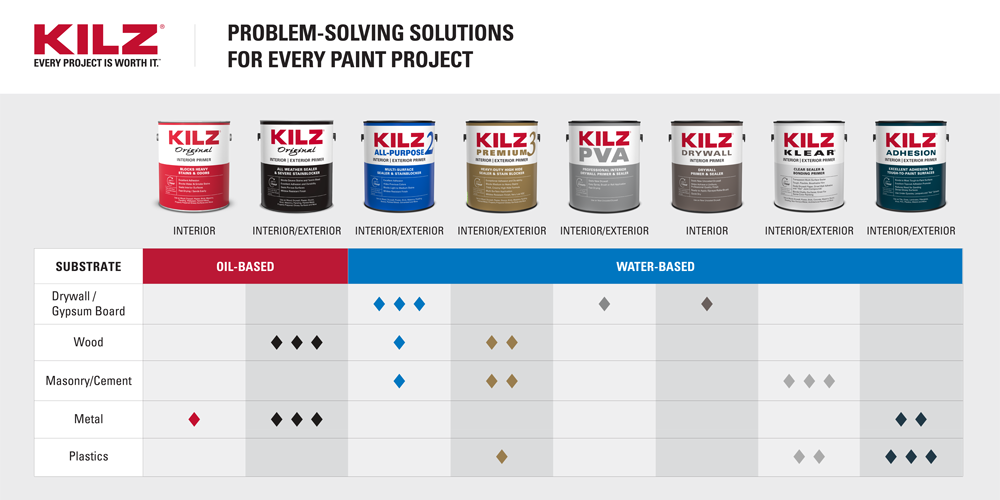
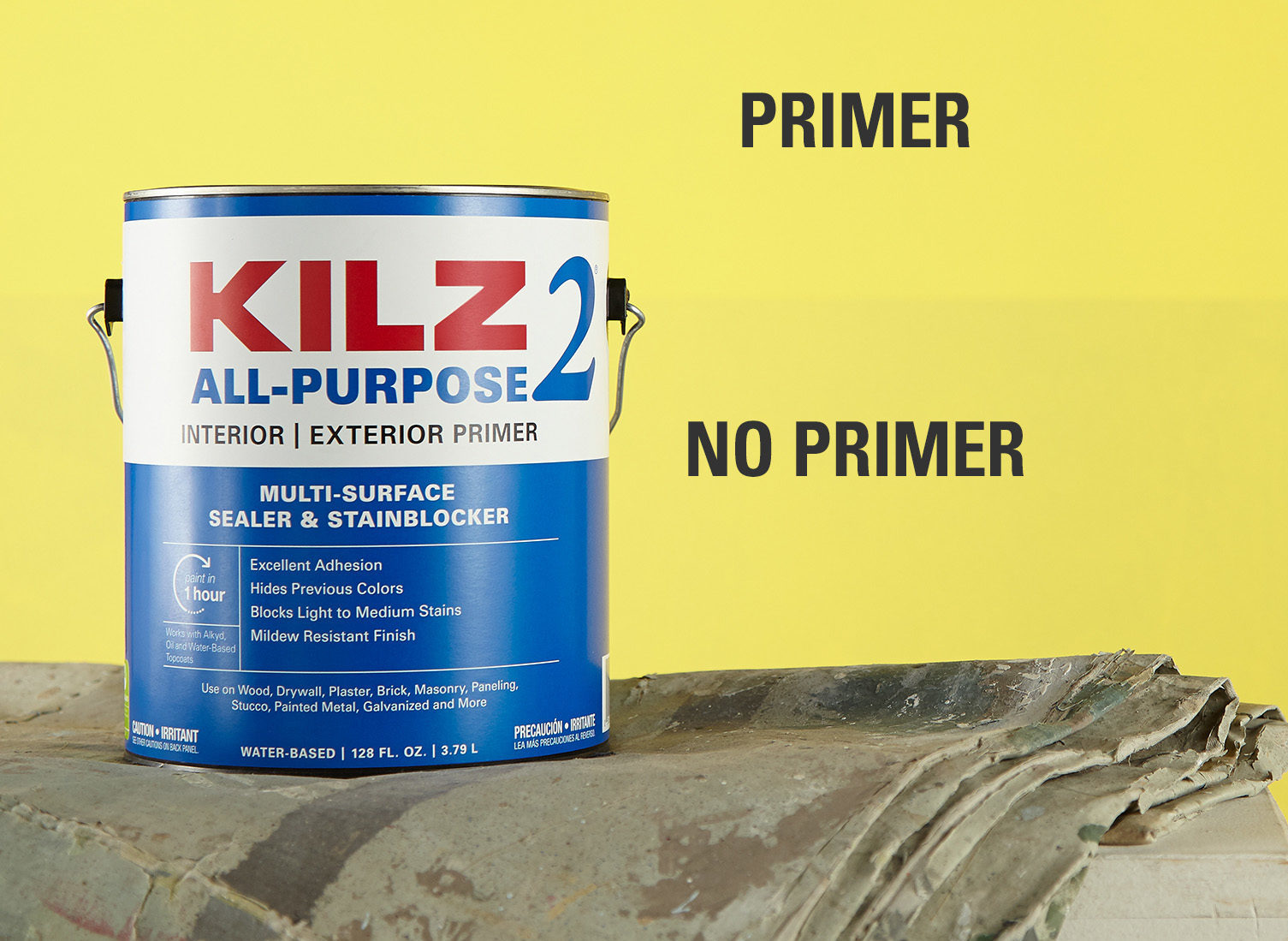
Truer Color Starts Here
March 30, 2020Imagine that you’ve spent hours scrolling through social media sites and flipping through magazines, on the hunt for the perfect paint color. Eventually, you zero in on a color family and visit a home improvement store to select a few paint chips or samples to take home. And finally, you’ve done it! You have your perfect paint color chosen and you’re ready to transform your space. But what if, when it’s finally on your walls, it doesn’t appear to be the color you selected? If you don’t use the right primer before painting, this could happen to you.
When painting a light color over an existing dark color, a primer with a high-hiding formula is recommended. KILZ® 3 Premium primer is a water-based primer that has a thicker formula with enhanced hiding. Priming a dark wall with KILZ 3 Premium before you paint over it with a lighter color will assist in a truer and richer color from your topcoat.
Specific surface types you might be painting can also affect how the final paint color turns out if the right primer isn’t applied first. If not properly sealed, porous surface like brick can soak up a lot of paint and cost you valuable time and money. Not to mention that if not properly primed, the typical red color of most brick can change the appearance of your paint color if the brick is not primed before it’s painted. For brick surfaces, we often recommend KILZ 2 All-Purpose or KILZ 3 Premium, depending on the color and current state of the brick surface.
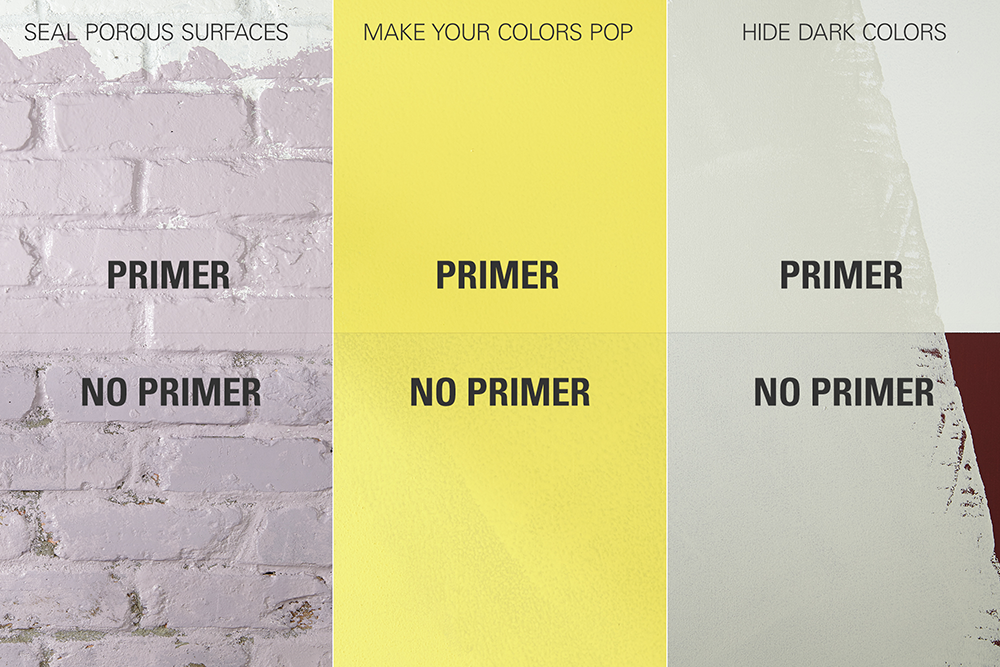
New drywall is another porous surface on which the right primer can make a big difference. When painting over new drywall, we recommend priming first with KILZ® PVA Drywall Primer – a fast-drying, interior water-based primer formulated to prime and seal new, uncoated drywall. KILZ 1 Standard primer is another great primer to use on drywall.
For almost any surface you’re working with, priming before painting is key to ensure that the paint color you selected will show up in its truest state
Always remember to refer to our website kilz.com or product back labels for additional information on which primer is right for your project and detailed instructions on how to apply our products.
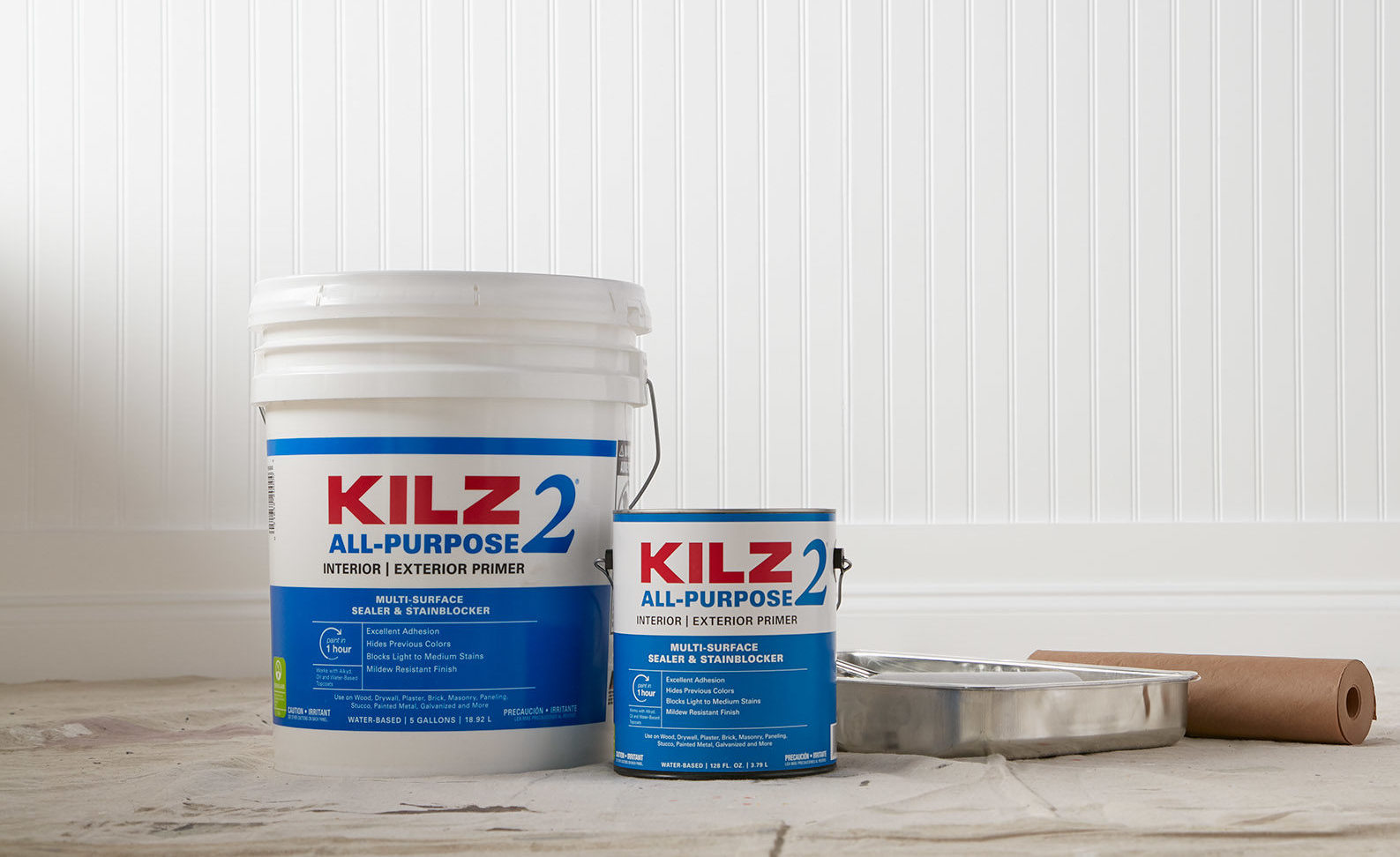
How to Choose the Right Primer for Your Paint Project
January 31, 2020Do your New Year’s resolutions include taking on that painting project you’ve been putting off? Or maybe you have a list of several different DIY home improvement projects on your list to complete in 2020. No matter the size or scope of your project, taking the time to do proper prep work will ensure results that you can be proud of for years to come. Prep can seem like a time-consuming extra step, but trust the pros, it’s worth the time spent.
If your next DIY venture includes painting, the first step is choosing the right primer for your project. The KILZ® brand offers a family of primers to help you complete a wide range of painting projects and tackle a wide variety of common painting problems. With so many primers to choose from, how do you know which is right for your project? To start, assess the type of surface you will be painting.
If you just moved into a new house or completed an addition and you’re painting new drywall, KILZ® PVA Drywall Primer or KILZ® 1 Standard Interior Primer are both made for the job.
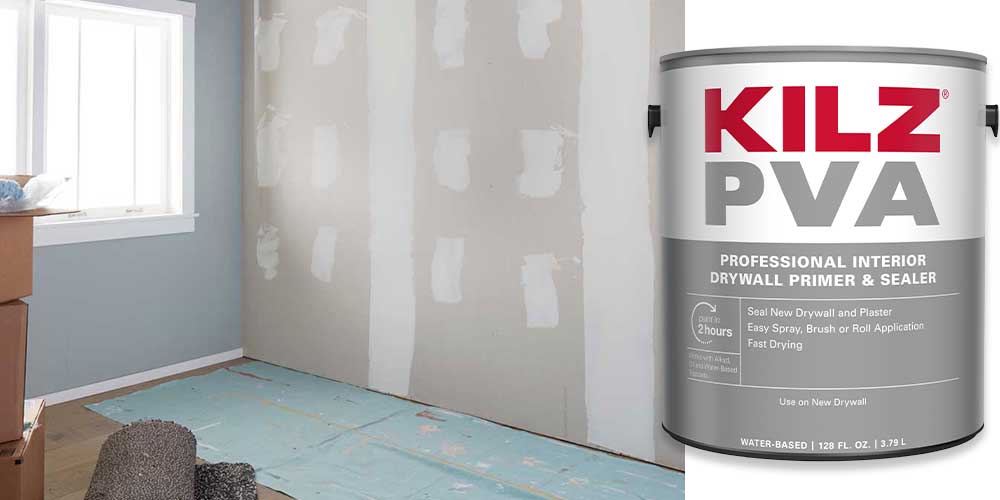
Perhaps you’re painting a surface that ordinary paint might not stick to, such as a slick glossy surface, aluminum, vinyl, ceramic tile or glass. In that case, KILZ® Adhesion Interior/Exterior Primer is an excellent choice.
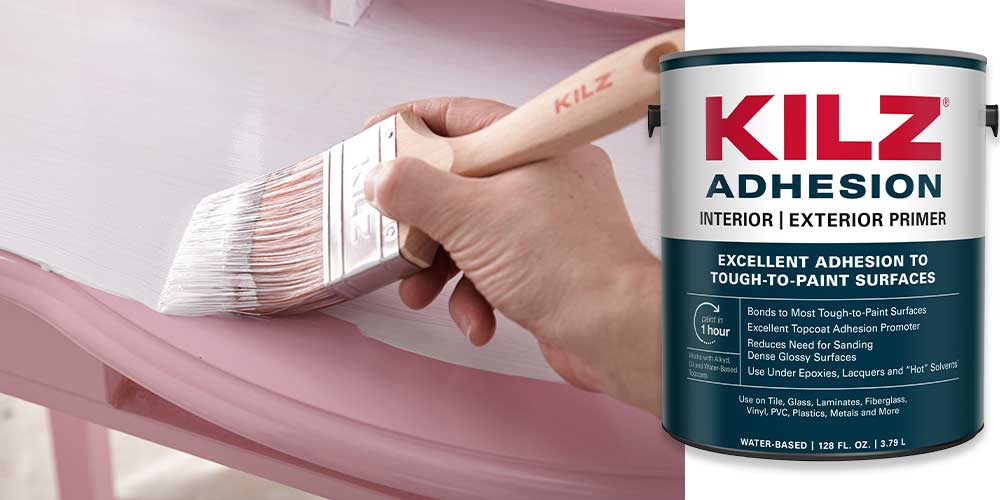
Pro painters and DIYers alike are often in need of a primer that offers multiple surface solutions – which is why KILZ 2® All-Purpose Primer is the choice of many! A fast drying, water-based multi-surface primer-sealer-stain blocker, it offers excellent adhesion, a mildew resistance primer film and can block light to medium stains like felt marker or minor water stains. It’s also a good choice for a simple color change, to ensure the truest color from your new topcoat.
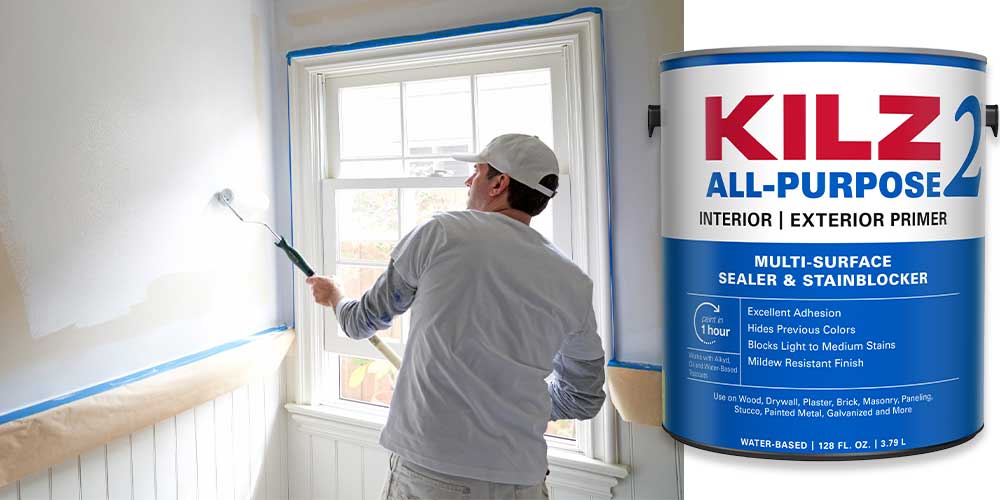
And for projects that require even heavier lifting, KILZ Restoration™ offers the performance of a traditional oil-based primer in a water-based formula and can tackled the toughest odors, stains and even fire damage.
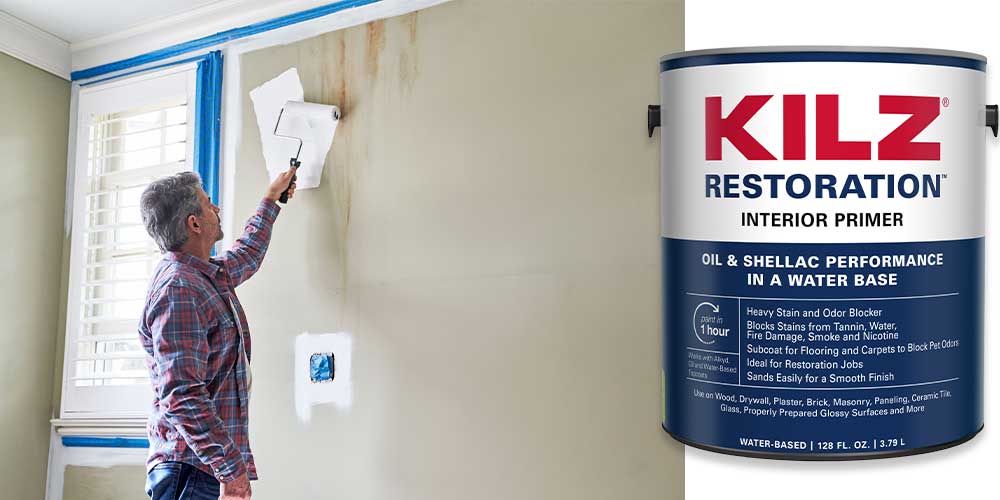
For those taking on more complex projects, including blocking smoke or pet odors, covering dark paint colors or heavy stains, there is a KILZ® Primer for you too! KILZ 3™ Premium is one of our more heavy-duty and high hiding formulas, making it ideally suited for blocking old dark colors or covering substantial stains.
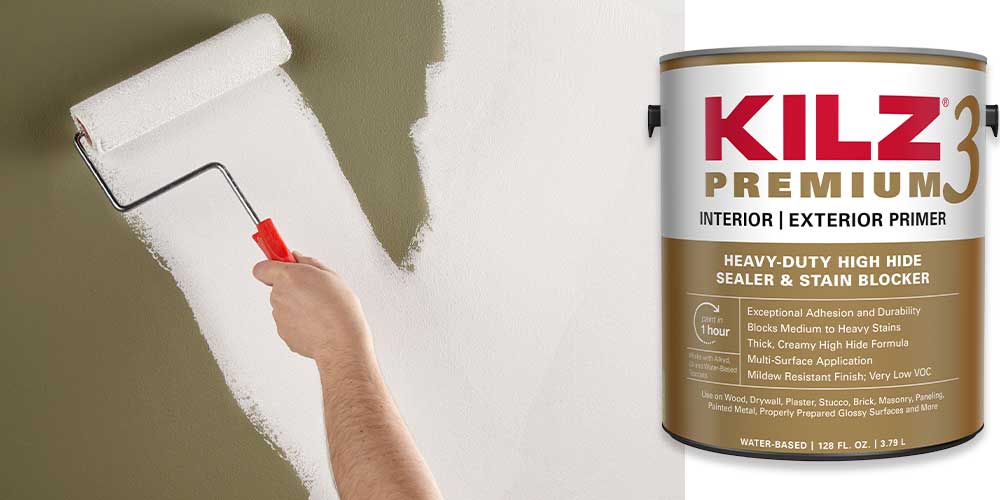
If you’re still unsure what primer to use for your next project, answer these simple questions below and don’t be afraid to ask a friendly pro at your local hardware or home improvement store for help.
Choosing the Right Primer:
- Identify the surface type you will be painting.
- Assess any problems you need to tackle, such as stain or odor blocking, and determine the severity of the issue.
- Take into account any unique scenarios like needing a mildew resistance finish coat (good to keep in mind when painting moisture prone areas like bathrooms and laundry rooms), or if you’re covering a dark paint color with a new lighter hue.
Always remember to refer to our website kilz.com or product back labels for additional information on which primer is right for your project and detailed instructions on how to apply our products.

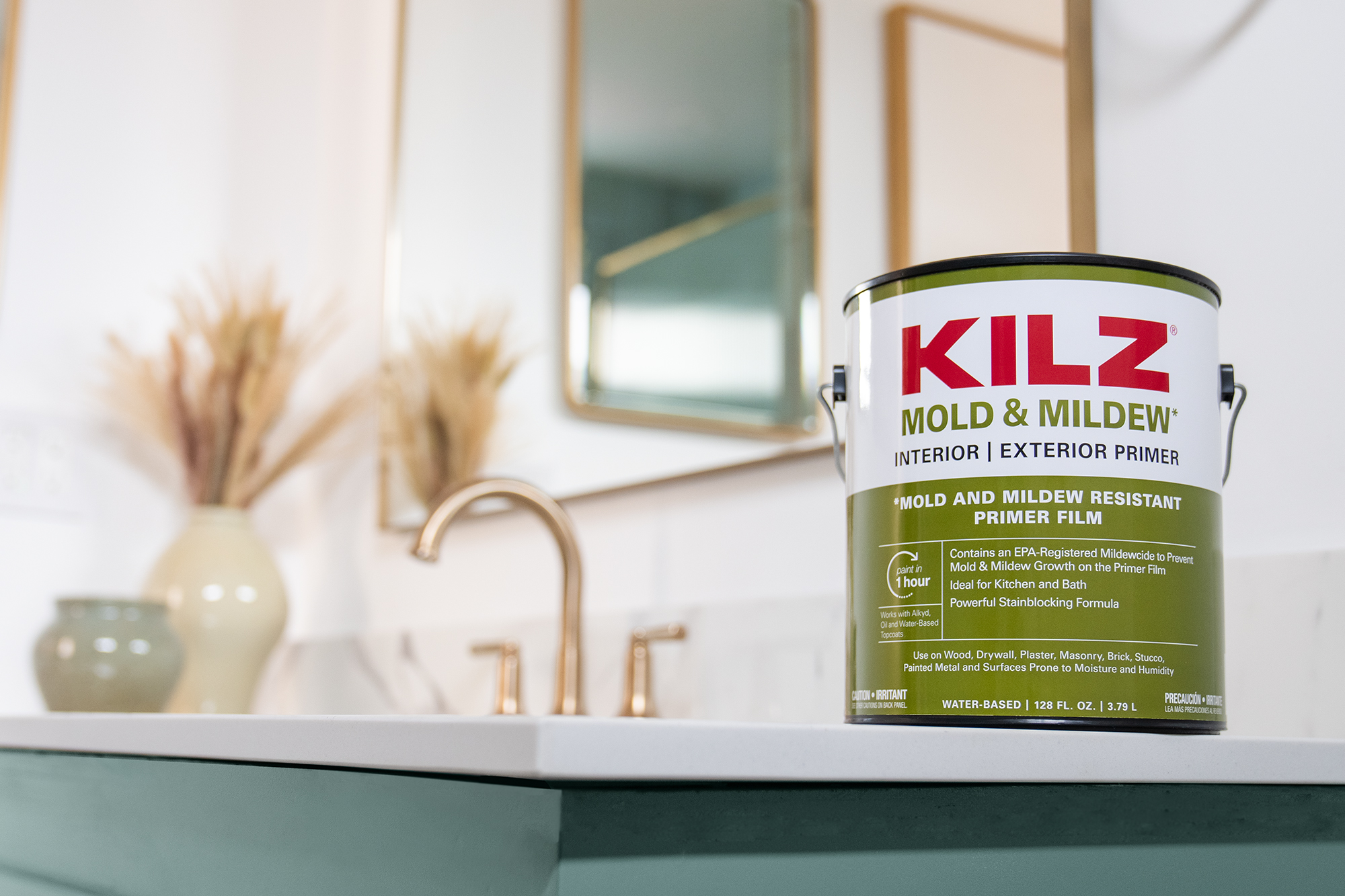
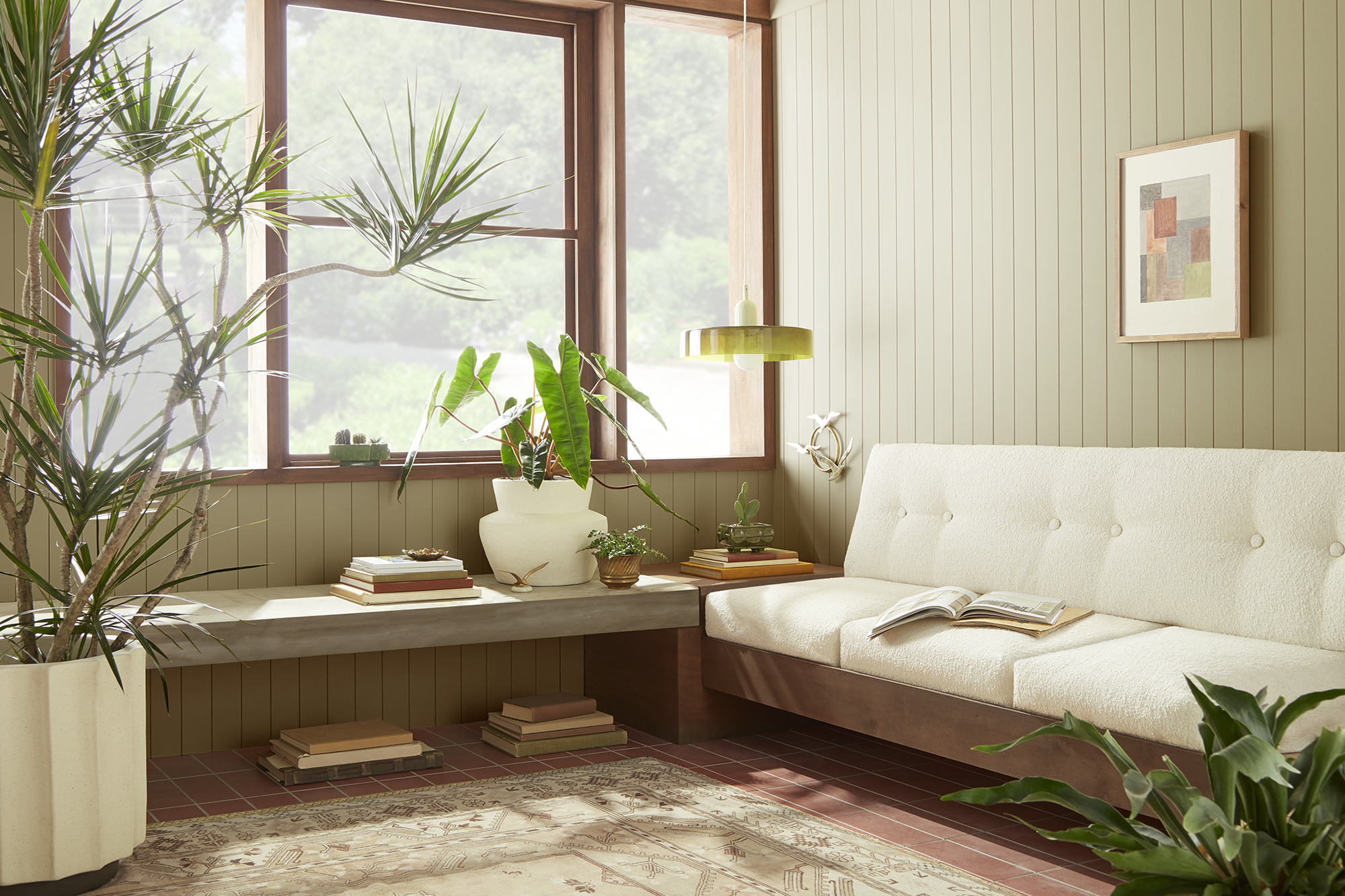

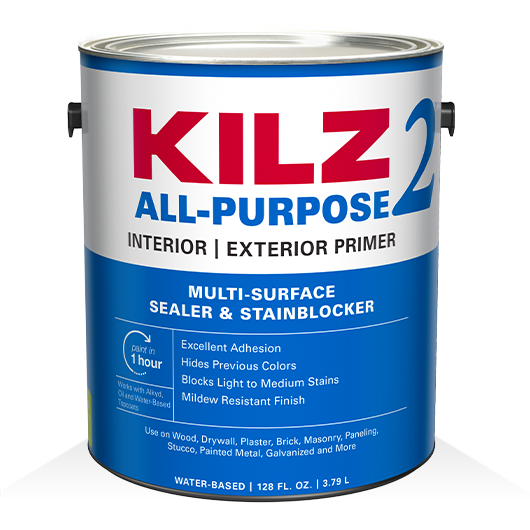
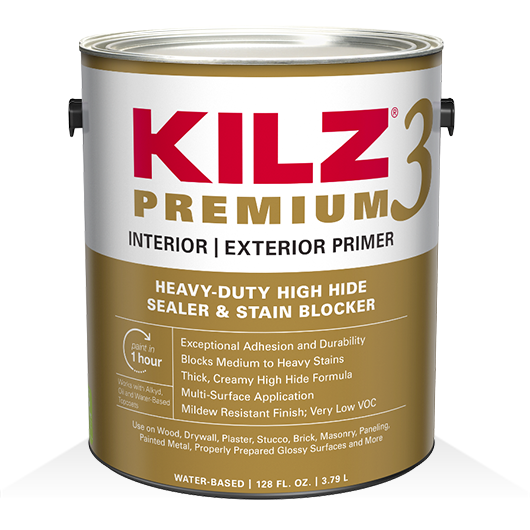
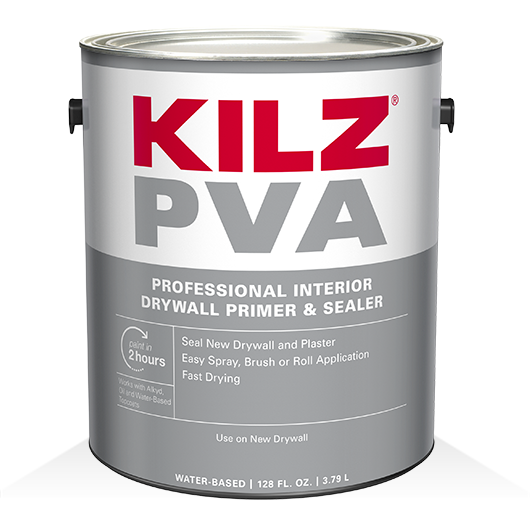
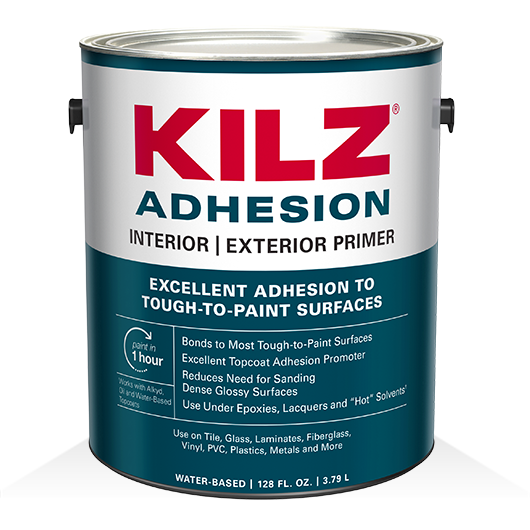
join the conversation:
SHARE this post: